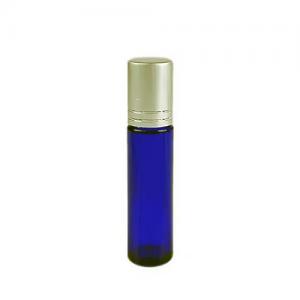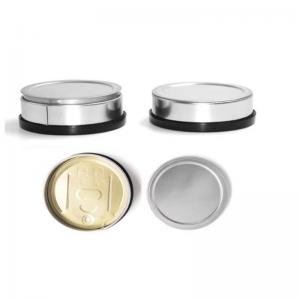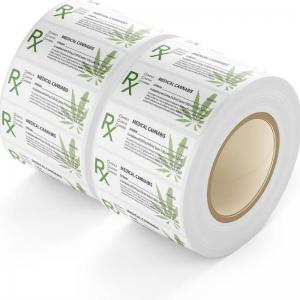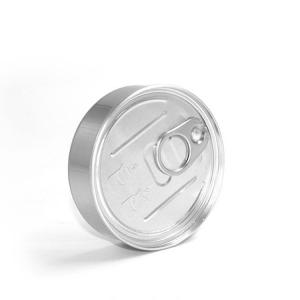Prescription medicines come in a variety of forms – including a pill, tablet, capsule, liquid, powder, gel, cream, lotion, ointment, inhaler, injectable, and transdermal patch. The form the medicine is in dictates how it is packaged. For example, a liquid is usually dispensed in an oval bottle, while pills are usually dispensed in prescription bottles, prescription vials, or a pre-packaged blister pack.
Some medications require application to the skin, where they are absorbed or provide a protective barrier. These include topical steroids, hormones, calcineurin inhibitors, inflammatory inhibitors, and constitute treatments for dermatitis, rashes, allergies, skin infections, injuries, ulcers, and localized pain.
What are Topical Medications?
Topical medications are made up in a base which is optimized for the condition and site of application. The active ingredient is then absorbed through the skin. It may need to provide a barrier, be absorbed to a certain depth in the skin’s layer, or be absorbed into the bloodstream or systemic effects.
These creams, gels, lotions, and ointments are often dispensed in a bottle or glass jar or are pre-packaged in a tube or pump-pack.
But what is the difference between cream, ointment, lotion, and gel?
Cream versus Ointment: either cosmetic or medicinal,creams and ointments differ mostly in terms of the ratio between oil and water they contain.
Cream consists of equal parts of water and oil. It absorbs into the skin very easily when rubbed in and is ideal for use over a large area. The oil content in a cream helps protect against loss of moisture and is ideal for conditions including rashes, dry skin, allergic reactions, or other skin lesions. Most cosmetic creams come in plastic or glass jars, whereas medicinal creams are often dispensed in tubes for more precise dosing.
Ointment constitutes 80% oil to 20% water, and often includes petroleum jelly or mineral oil. This is the highest oil content of any skin product. As such, ointments remain on the surface of the skin and protect against dry air, moisture loss, and other environmental factors. Unlike other topical methods of applying a medication, ointments will not evaporate off the skin’s surface and absorption of the product over time is maximized. An ointment is an ideal way to topically deliver corticosteroids, antibiotics, and prescribed moisturizers.
Lotion: a lotion has only a little (if any) oil and is predominantly water-based. Lotions are ideal for cosmetic use by people with oily or acne-prone skin. Lotions may also contain some alcohol. The consistency of a lotion is runny compared with cream, and it is more like a thick liquid. It is quickly absorbed and leaves no residue and is often labeled as being “lightweight” or “oil-free”.
Gel: a gel is an oil-free product made with a mixture of water, alcohol, and cellulose (which is made of cell walls from plants and vegetable fibers). It hydrates and absorbs rapidly without leaving any residue on the skin at all, and can be drying but does provide a thin film of active ingredient on the skin. Gels do not create a moisture barrier and are ideal for use on hairy areas.
Applying medication via the skin can target certain medicines where they are required, and may reduce risks of toxicity to organs and troublesome side effects from some medicines (e.g. menopausal hormone therapy).
Whether you use an ointment or cream dispensed in a tube or jar, lotions from oval bottles, or gel from a tube or pump-pack, follow your doctor’s or pharmacist’s directions for its use to the letter.


 English
English français
français Deutsch
Deutsch русский
русский italiano
italiano español
español português
português Nederlands
Nederlands 日本語
日本語 한국의
한국의











 2021-12-24
2021-12-24
 Online service
Online service +86 15375471059
+86 15375471059

